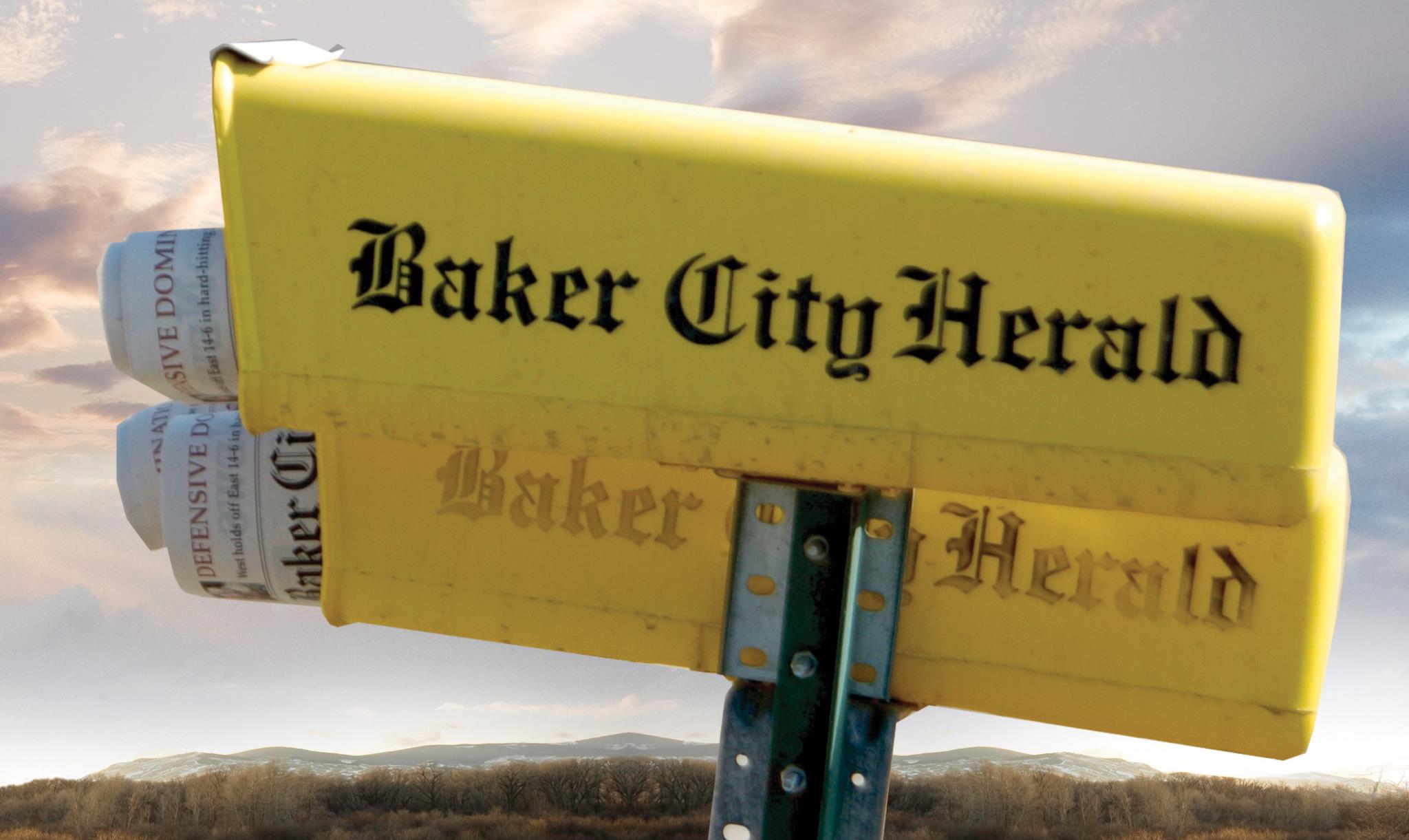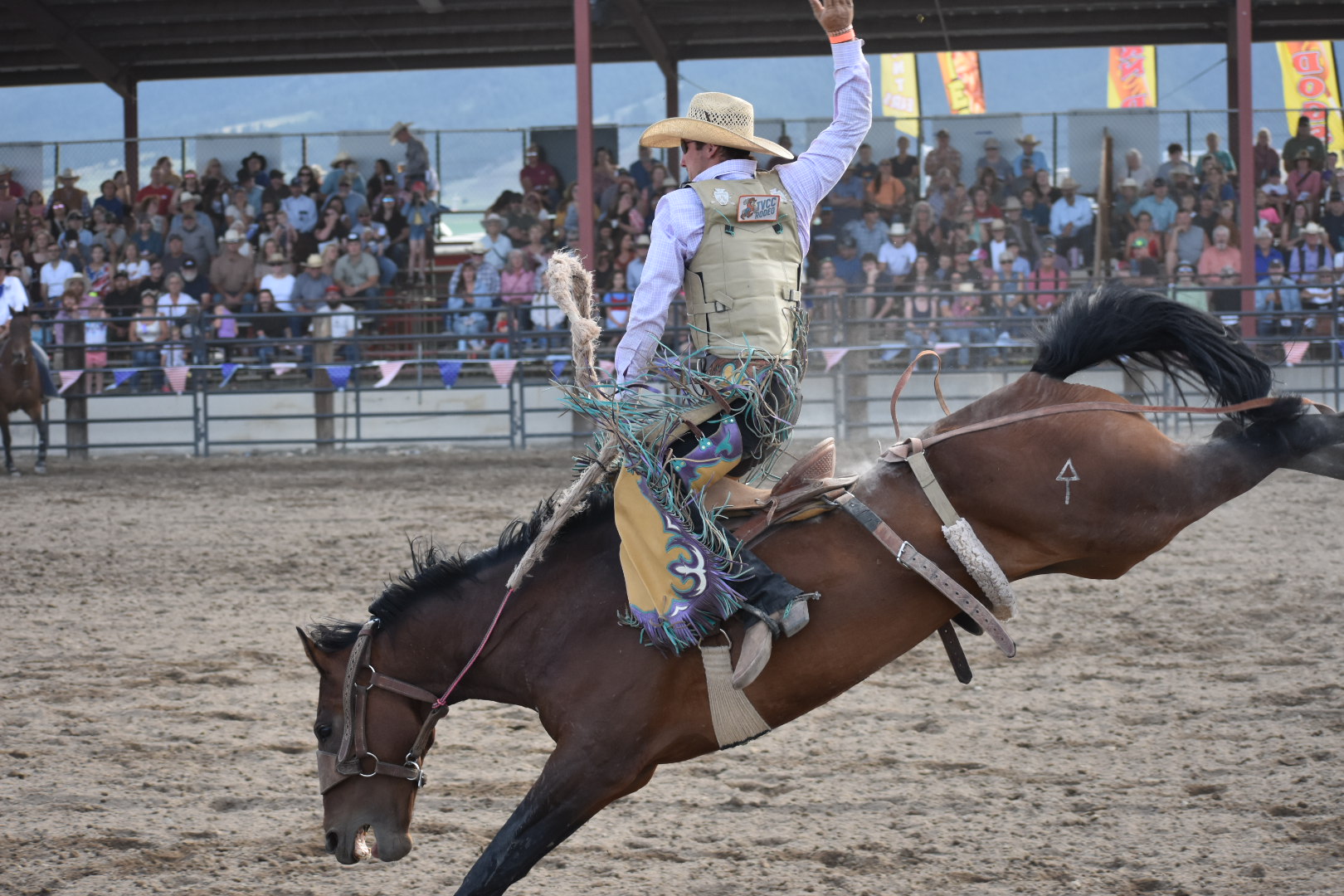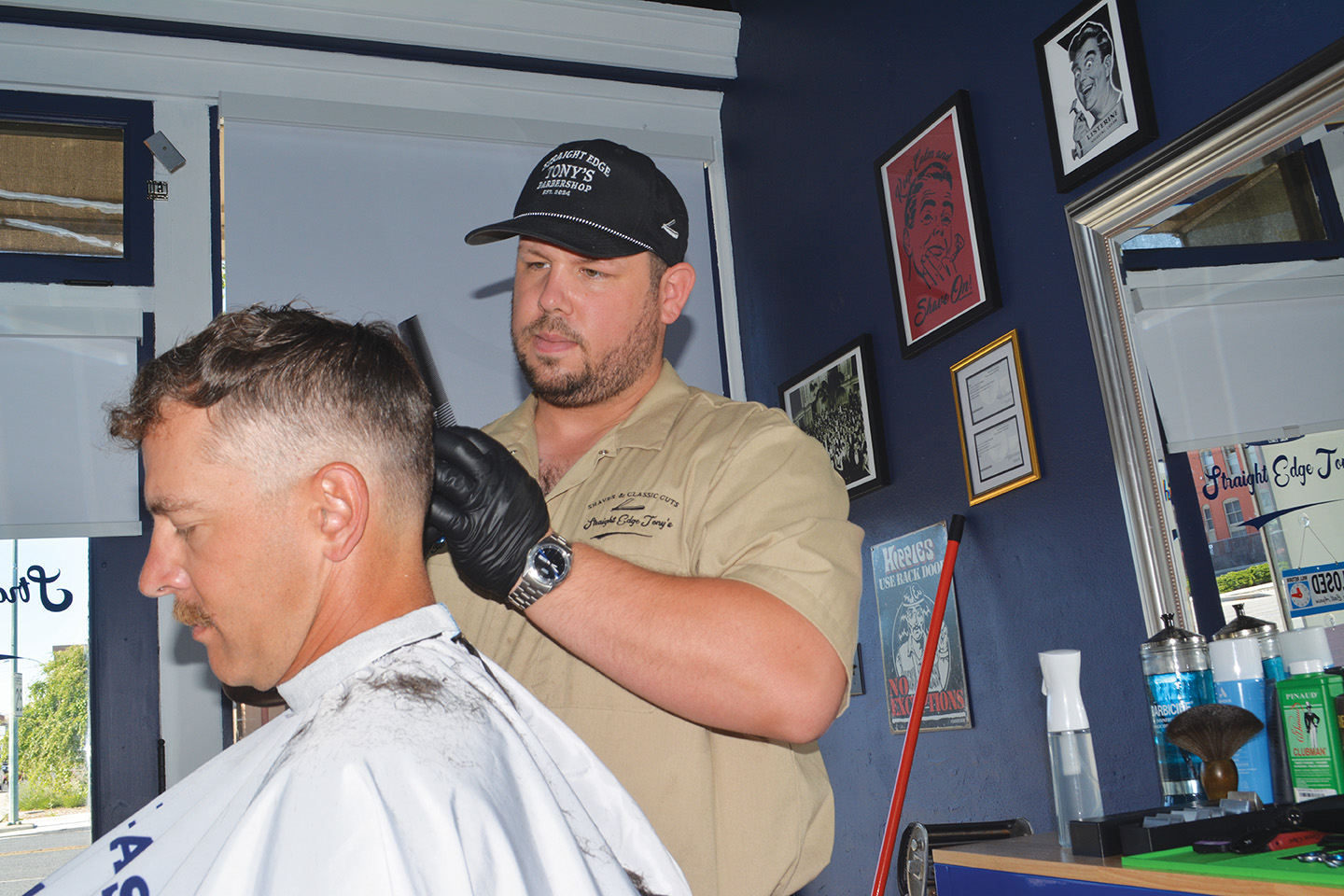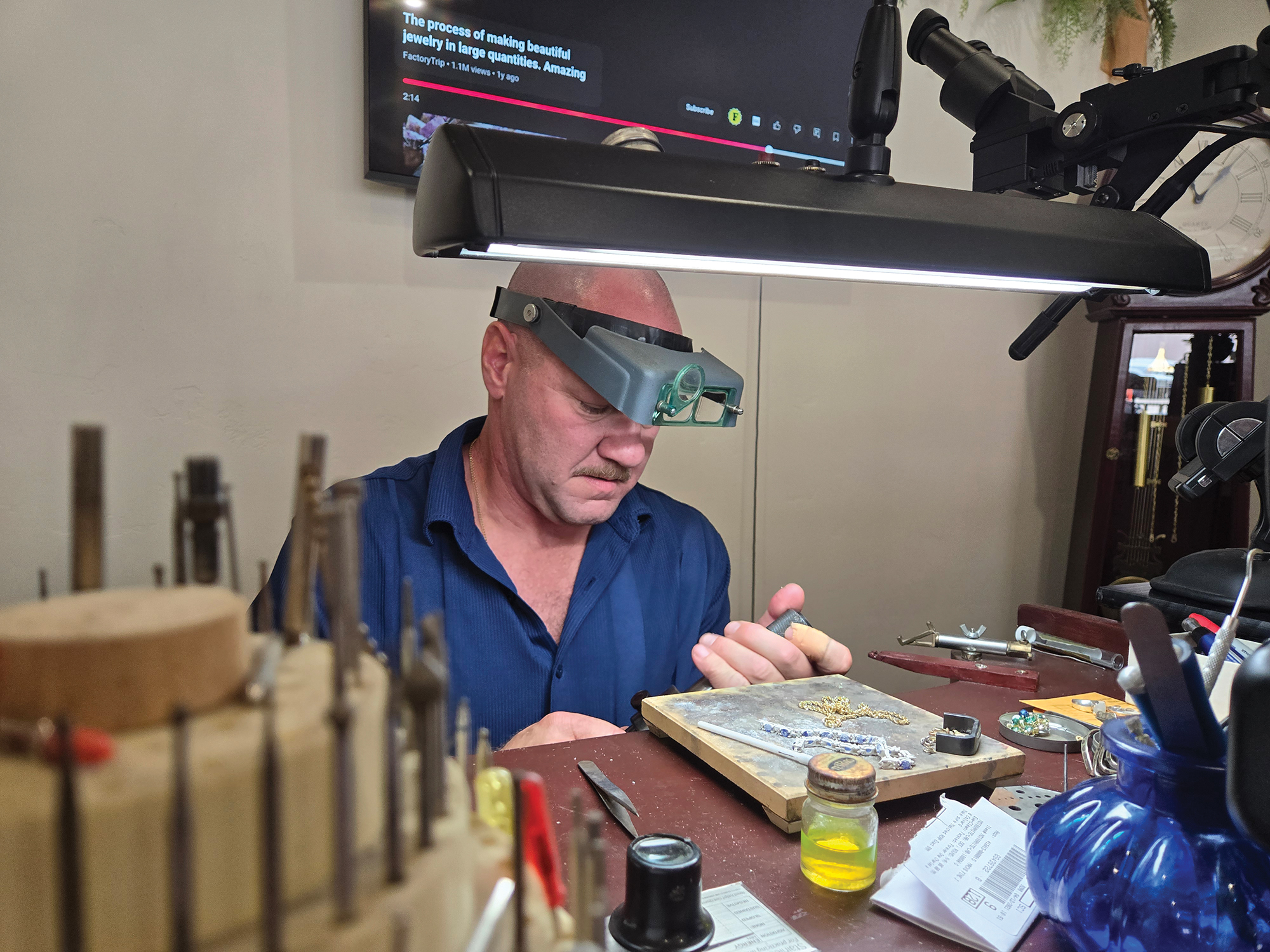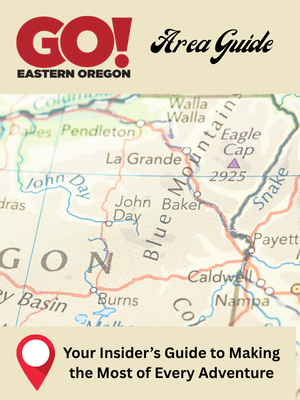Carl Kostol, longtime doctor, dies at 95
Published 2:05 pm Friday, March 16, 2018
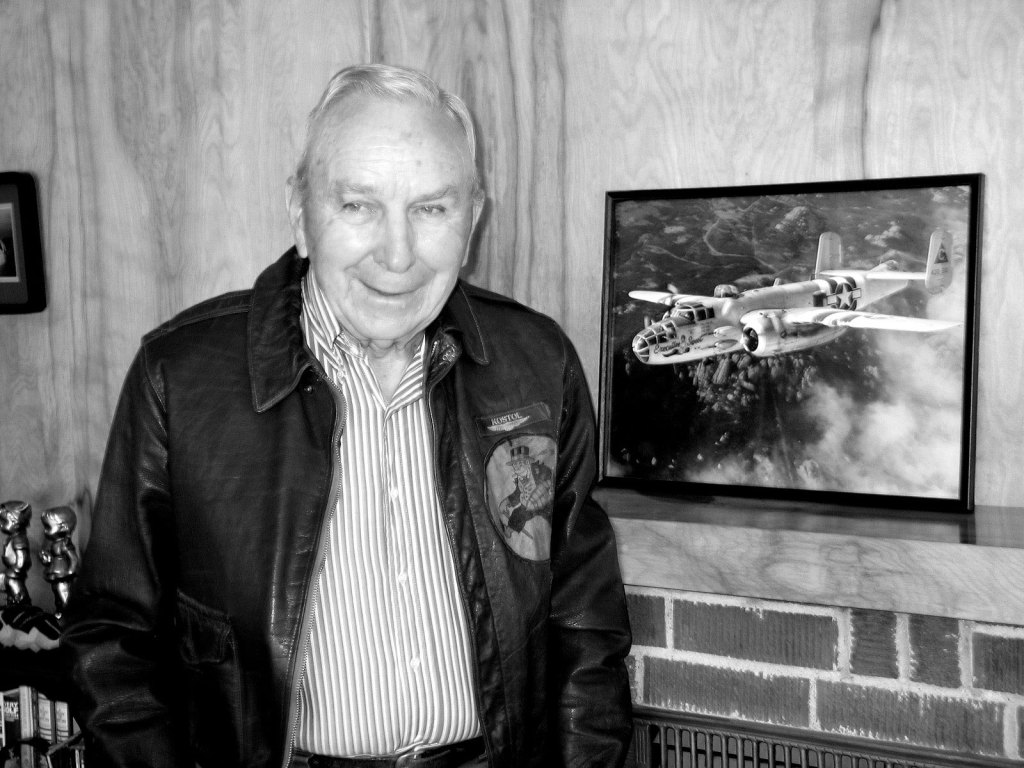
- Submitted photo/Dr. Carl Kostol stands beside a photograph of a B-25 bomber, the type he flew on 37 missions during World War II.
On Aug. 17, 1944, the man who would become a doctor and who would take care of a couple generations of Baker County residents was flying a B-25 bomber that was about to crash in a Chinese rice paddy.
One of the bomber’s two engines broke loose from the plane before Carl Kostol, its pilot, did.
But Kostol, who was 22, managed to pull the ripcord on his parachute.
He survived the descent.
And aided by Chinese guerrillas, he endured the subsequent one-month trek through 200 miles of remote country frequently patrolled by Japanese soldiers.
In November 1944 Kostol returned to the U.S., having earned two Distinguished Flying Crosses, a Purple Heart and an Air Medal.
He later graduated from medical school and opened a practice in Baker City, where he had grown up.
Kostol died here Wednesday. He was 95.
Gary Dielman, a Baker City historian who interviewed Kostol for a 1999 article about Kostol’s World War II experiences, said Kostol’s temperament gave no indication that he had flown 37 missions as a bomber pilot.
“He was pretty mild-mannered, and it was hard to think of him as a bomber pilot,” Dielman said. “People who knew him only after the war, I don’t think many would have guessed that.”
Phyllis Badgley, who graduated from Baker High School in 1942, two years after Kostol, said “Carl’s passing is a loss to the whole community.”
Badgley said Kostol and his wife, Virginia, were active in the Baker County Historical Society.
“He was always interested in the whereabouts of former Bakerites, and rejoiced in hearing of their successes,” Badgley wrote in an email to the Herald.
In his 1999 article, Dielman wrote that Kostol enlisted in Baker’s Company F of the Oregon National Guard in 1937, when he was just 15.
In a December 2016 interview with the Herald, on the occasion of the 65th anniversary of the Japanese attack on Pearl Harbor, which brought America into World War II, Kostol recalled that on Dec. 7, 1941 — the “date which will live in infamy,” in President Franklin Roosevelt’s memorable phrase — he was playing baseball at Fort Lewis, Washington, where he was stationed.
“To tell you the truth, I think a good deal of the people didn’t know where Pearl Harbor was,” Kostol said. “We went back to playing baseball.”
Kostol later applied for pilot training with the U.S. Army Air Corps, and he was accepted in the fall of 1942.
Kostol wanted to fly fighter planes — in particular the famous Lockheed P-38 Lightning — but he told Dielman for the 1999 article that he was assigned instead to the B-25 bomber, also known as the “Billy Mitchell” bomber for the Army general who advocated for a robust air power arm of the U.S. military.
Kostol was eventually sent to China, where he served at Keweilin in the southwestern part of that country.
In addition to flying combat missions, Kostol piloted B-25s over the Himalayas — the infamous “Hump” route that was dangerous simply due to the altitude planes had to fly to clear the world’s tallest mountain range.
During Kostol’s 37th, and final, bombing mission, his B-25 was hit by anti-aircraft fire, forcing him and his crew to bail out.
He was initially reported as missing in action. He wasn’t able to inform his parents back in Baker that he had survived until he returned to his base after his harrowing journey through the Chinese hinterlands.
Dielman said he met Kostol about 1954, when Kostol and his family moved into a home on North Second Street, just across the street from Dielman’s family’s home.
Dielman, who graduated from Baker High School in 1957 and went off to college, said he didn’t really know Kostol until 1972, when Dielman moved back to Baker to raise his family.
He said he played in a YMCA basketball league with Kostol at the North Baker School gym. Although Kostol was 50, he retained much of the athleticism of his youth.
“Carl Kostol had the smoothest moves when he moved with the ball,” Dielman said. “He would shoot the old-fashioned two-handed set shot. He was very accurate.”
Dielman said the basketball court wasn’t the only setting in which Kostol belied his age.
“I always thought of him as looking much younger than his years — he had kind of a baby face,” Dielman said.
After Kostol returned to Baker and started his medical practice, he became interested in developing the ski area at Anthony Lakes.
He served as president and vice president of the Anthony Lakes Corporation during the 1960s, and the ski run known today as Broadway originally was called Kostol’s Trail.
Although that is one of the wider and easier runs at the resort now, in the early days the route ducked into a thicket of lodgepole pines with scarcely enough space for one skier, said Mike Gooderham of La Grande, a member of the Anthony Lakes Ski Patrol for several decades.
“It was pretty darn narrow, and hard to ski,” Kostol told the Herald in a 2006 interview.
Most skiers avoided the run but Kostol braved its branches often enough that his name was applied to it.
“Every year he’d cut a little more out,” Gooderham said. “He was a nice fellow, and once in a while we’d ski together.”
Gooderham said Kostol also distinguished himself on the slopes with his “dapper” clothing, including a hat with ear flaps.
Gooderham said Kostol also served as an instructor for the first Emergency Medical Technician training in Northeastern Oregon, a 1971 course that was coordinated by another Baker City physician, Robert McKim.
McKim said his father, Palmer, started a medical practice in Baker City which Kostol joined in the early 1950s.
Robert McKim joined the clinic in 1965, and after being drafted into the military during the Vietnam War and serving two years, he returned to the Baker Clinic, which was built on Pocahontas Road in 1967-68.
At that time the clinic’s staff of physicians include Kostol, John Mohr, and three members of the McKim family — Robert, his father, and Robert’s uncle, Menzie McKim.
“He was a great mentor,” Robert McKim said of Kostol. “One thing he told me was the listen to the patient, take the time and listen, and they’ll tell you what’s wrong.
“And that’s true.”
McKim said he and Kostol also started a tradition — which McKim continued after Kostol retired — of inviting military veterans to the clinic for free treatment on Veterans Day.
“The only price was they had to tell us stories about their service,” said McKim, who retired in 2012.
McKim said Kostol was the recipient of a rare honor, as an Eastern Oregon physician appointed by the governor to the state board that oversaw accredited doctors.


